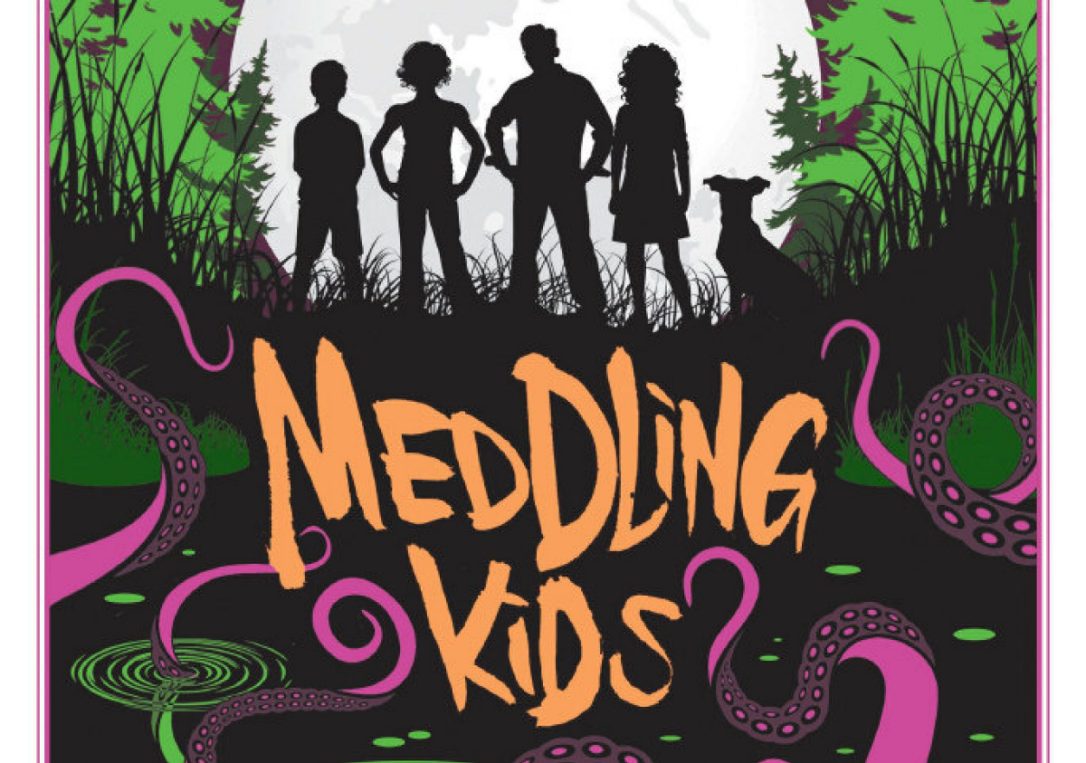I have to admit, right here at the beginning, that I didn’t finish this book. Which is generally grounds for disqualification from my writing a review, because I can’t exactly have a fully formed opinion based on an unfinished book!1 I’m making an exception this time, though, both because of the quality of the writing and because the reason I didn’t finish it.
Let’s start with the latter: this book is creepy. Read the title; that alone should’ve warned you going in. It’s a book about nightmares. And I… am not at all a horror person. My sister tried to convince me to watch The Haunting of Hill House on the grounds that “it’s not scary, it’s sweet!” and she was absolutely wrong. The first couple episodes now permanently occupy space in my brain, lurking there to pop back up and make sure I can’t sleep. My brain’s repository of nightmare fodder is already much fuller than I’d like it to be, and will gladly expand to make room for more; I do not want to give it that opportunity.
But the former, oh, the former. I really wanted to read this whole book. I mentioned earlier that it’s about nightmares; what really made it shine, in the amount of creepy that I made it through before I had to give up, was how, exactly, it’s about nightmares.
Each of the characters we meet early on is a specific nightmare. They have names, but they’re shorthand, because these are conceptual characters. The protagonist goes by Fang, but really what he is is running and running, and it’s right behind you, all you can see is a glimpse of teeth, and you keep running but you can never get away. We meet him hanging out with his friend Jeff — a little boy, well-dressed, blond hair, sitting quietly eating, and everything seems fine but then you get up close and see what he’s eating, and what his teeth look like. There’s a love interest, of course, and frankly I didn’t make it far enough to know if she’s got a name, but what she is is a long hallway in a decrepit house. eyes open in the walls when you aren’t looking, but they hide when you try to catch them staring. you walk past dozens of rooms but never find an exit. sometimes, in the hall, you see statues; people, frozen in the act of trying to escape the walls. you’re never sure if there in the same place or if they’ve moved, changed positions. in the distance, faint sobbing. if you walk far enough, you find her—a girl in a dusty dress, weeping quietly into her hands. she doesn’t look up when you enter the room, doesn’t seem to hear you at all. if you get close, you can see she has no eyes.
It’s a book about nightmares, about what they’re thinking when you’re caught up in a nightmare, about what they do in their spare time. And it all has that dreamlike quality to it, that sense that you can turn a corner and find yourself somewhere completely different. That things don’t have to make logical sense, they just have to be able to string together enough of a story that you don’t realize you’re asleep.
That’s what really captivated me about the book, and what kept me trying to fight through my natural distaste for horror. I wish I could’ve finished it, and at some point I may come back to chip away at it some more, but for now I had to give up. But if you, unlike me, can tolerate being creeped out—or, god help you, enjoy it—then I absolutely recommend it. I really have no idea where the plot was going, or what happens next, but I did like the setting and the way the characters were described. It was interesting. Give it a go.2
- Or, at least, not one that I think is worth sharing; “if you don’t have anything nice to say, don’t say anything at all” applies to book reviews, too. ↩
- This is an Amazon affiliate link – if you buy it from here, I get a little bit of commission. It won’t hurt my feelings if you buy it elsewhere; honestly, I’d rather you check it out from your local library, or go to a local book store. I prefer Bookshop affiliate links to Amazon when possible, but in this case, the book wasn’t available there, so it’ll have to do. ↩
